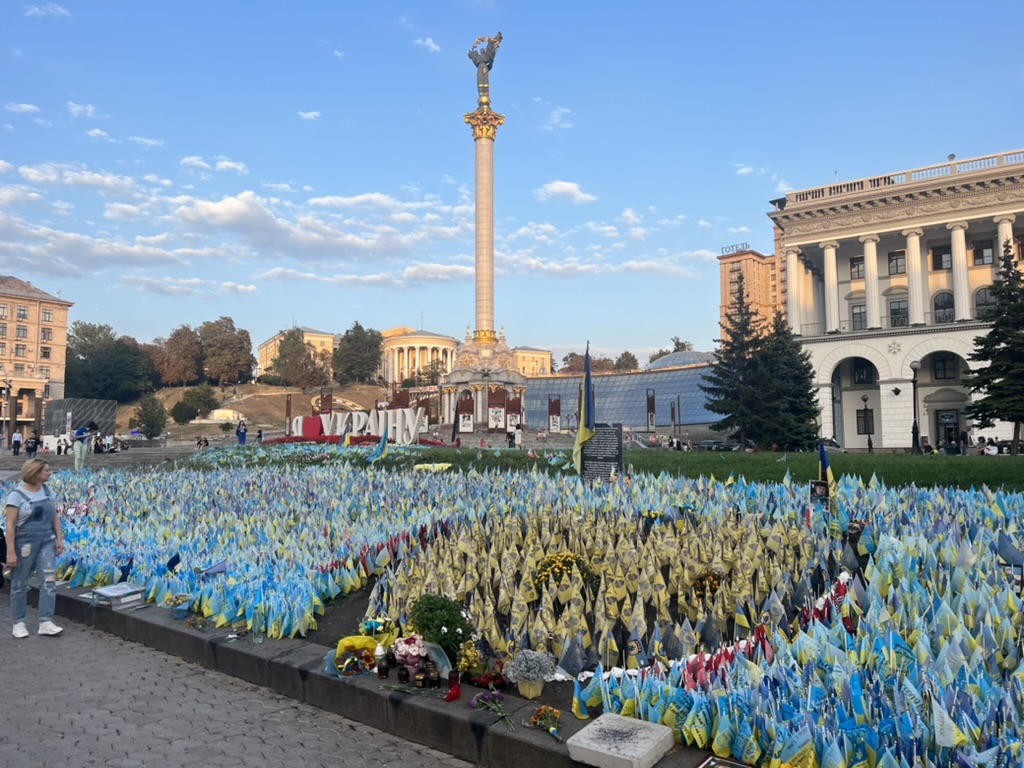Ukrainian Renaissance

Last month Foreign Policy published an awfully interesting article on Ukrainian art and literature by Oleksandra Povoroznyk, situating cultural production in Ukraine against the backdrop of war:
Before 2022, few Ukrainian artists and entertainers openly mentioned the ongoing war in their works. In fact, many pop stars like Ivan Dorn or Luna continued to perform in Russia and created works aimed, first and foremost, at the Russian market and in the Russian language. When criticized for this by their Ukrainian fans, many dodged the subject, claimed to be “apolitical,” or explained their actions as “trying to build a bridge” between Russia and Ukraine.
“My music isn’t about politics, it’s about healing souls,” Luna said in a lengthy interview with Russian opposition journalist Xenia Sobchak in 2021. “That’s why I don’t pay attention to the critics back home trying to make me feel guilty for giving concerts in Russia.” Similarly, Dorn claimed that by interacting with Russian listeners he was “trying to capture as many people as possible with my music so that they would never attack my own country.”
But the main reasons were pragmatic ones: The large and relatively rich Russian market has long been attractive to Ukrainian performers, much like the American market for the English-speaking world. Making films or music built around a Ukrainian context could scare off Russian fans, so the overwhelming majority of content made in the 2000s and 2010s was tailored to sound and look as neutral as possible, devoid of any references to local events or personalities.
The war has prompted what amounts to a cultural divorce between Russia and Ukraine; artists can no longer appeal to audiences in both countries, and as consequence Ukrainian art has become more organically and authentically Ukrainian than it’s ever been. I don’t have enough experience to make comparisons, but many of the folks I spoke to in Ukraine last year argued that a Ukrainian cultural renaissance effectively began with the Maidan protests in 2014 and had accelerated with the onset of full-scale war in 2022. This renaissance was concrete and visible in public artworks in both Kyiv and Odesa, including works that catalogued the war but that also simply celebrated Ukrainian national identity. This stuff is important and consequential for policy, because it will remain long after the guns finally fall silent. I quite suspect that February 2022 will be viewed as the moment at which a new understanding of Ukrainian culture and identity was hatched. I don’t doubt that Russian nationalists will find this deeply frustrating.


